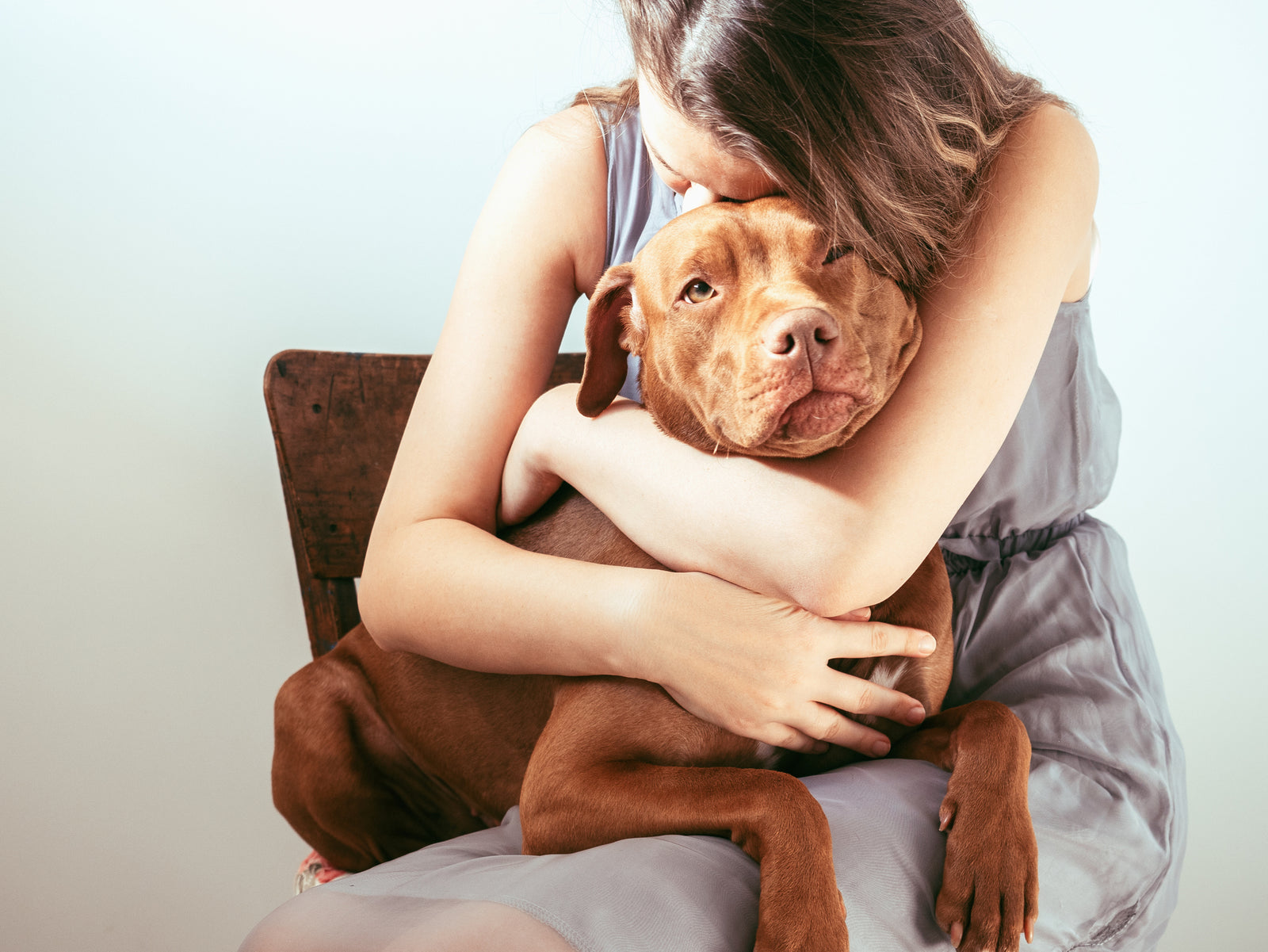One of the most upsetting moments in a pet owner’s life is when they realize that their pet has become lost. While many pets can find their way home, others are truly lost and it can be difficult for those who find them to contact their owner. ID tags on a collar are a great way to provide owner information, but sometimes, these tags fall off and get lost.
Microchips are a way to ensure that a pet always has its owner's information in its body. Read on to learn more about microchips, how microchips work, and how each one is inserted.
What Is A Microchip?

A microchip is a small electronic device that is placed in a case. The chip and case are very small, about the size of a grain of rice.
How Do Microchips Work?

The chip is a type of transponder that stores information, specifically an ID number. The ID number is stored in a database and associated with an owner's name and contact information. When a microchip scanner is used, radiowaves are emitted from the microchip, sending this ID to the scanner. The ID can then be used to look up the owner’s info.
Microchip Data Needs To Be Registered With A National Database

When a pet has a microchip implanted, the owner needs to submit their information to a national microchip database. AKC Reunite is an example of a database that is a member of AAHA LookUp, checking against hundreds of individual registries.
Do Microchips Include GPS Tracking?
No. Microchips do not include GPS tracking.
How Are Microchips Implanted In A Pet?
A veterinarian inserts a microchip using a hypodermic needle. This needle is placed between the shoulder blades and the chip is then injected. A scanner will be used to ensure that the chip is reading properly after insertion.
The insertion of the chip is no more painful than any other injection a pet receives. This procedure can be done while a pet is awake. However, if a pet is due to be neutered or to have another procedure that requires anesthesia, the veterinarian will often implant the microchip then.
Are There Health Risks Associated With Microchipping A Pet?
Whenever a pet has any sort of medical procedure there are risks. There have been reports of hair loss, infection, and swelling at the microchip injection site. However, very few reactions occur. In fact, according to the British Small Animal Veterinary Association (BSAVA), only 391 pets out of more than 4 million microchipped have ever had an adverse reaction.
Clearly Loved Pets recommends microchipping your pet. This is especially important for a service animal in many cases. No pet can be replaced, but with therapy and support animals are relied on a lot more by individuals with special needs.
References:
AKC Reunite. (n.d.) Enroll Your Pet Today. American Kennel Club. https://www.akcreunite.org/
American Veterinary Medical Association. (n.d.) Microchipping FAQs. https://www.avma.org/resources-tools/pet-owners/petcare/microchips-reunite-pets-families/microchipping-faq
Written by Esme Mailloux, CVT
More stories

Fostering A Pet: Everything You Need To Know


